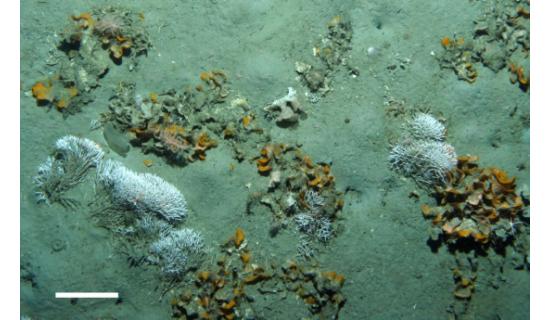Progetto BIOROSS
Bioconstructional organisms from the Ross sea under Climate Change: ecosystems and 'oasis’ of biodiversity to monitor and protect
Plants and animals creating the physical structure (i.e. bioconstruction) are key-elements to maintain biodiversity and influence ecosystem processes. Structurally complex, these ecosystems are characterised by high density and great macroinvertebrate species richness. However, they are vulnerable to climate drivers, which can alter the physiology and structure of the builders and their community composition, production, diversity, trophic structure, and nutrient cycling. Thus, bioconstructions are considered 'Vulnerable Marine Ecosystems', representing an ideal model system to monitor the effects of climate change. In particular, bioconstructions from the polar regions of the Southern Ocean are exposed to rapid warming and waters with levels of carbonate saturation state close to corrosive values. BIOROSS will explore these unique benthic ecosystems of the Ross Sea focusing on bryozoan, coralline algae, cold-water coral and calcifying sponge bioconstructions and their associated communities in order to build vulnerability maps related to global threats (ocean acidification and global warming). To understand the distribution and extent of the Ross Sea bioconstructions, the international team of BIOROSS will study the Antarctic material already available from PNRA and NIWA collections and take part to a new seabed exploration and collection in the Ross Sea on board of R/V Tangaroa. The multidisciplinary approach will address questions on the structure and functioning of builder species and associated communities by means of a suite of cutting-edge instrumentation for offshore survey and sampling, and state-of-the-art analytical facilities and methods, including multibeam echosounders, towed camera, DNA-barcoding, electron microscopy, computed tomography and mass spectrometry. BIOROSS will contribute to the knowledge of these unique ecosystems and the development of a dedicated educational program will further enhance the impact of the project beyond academia.

